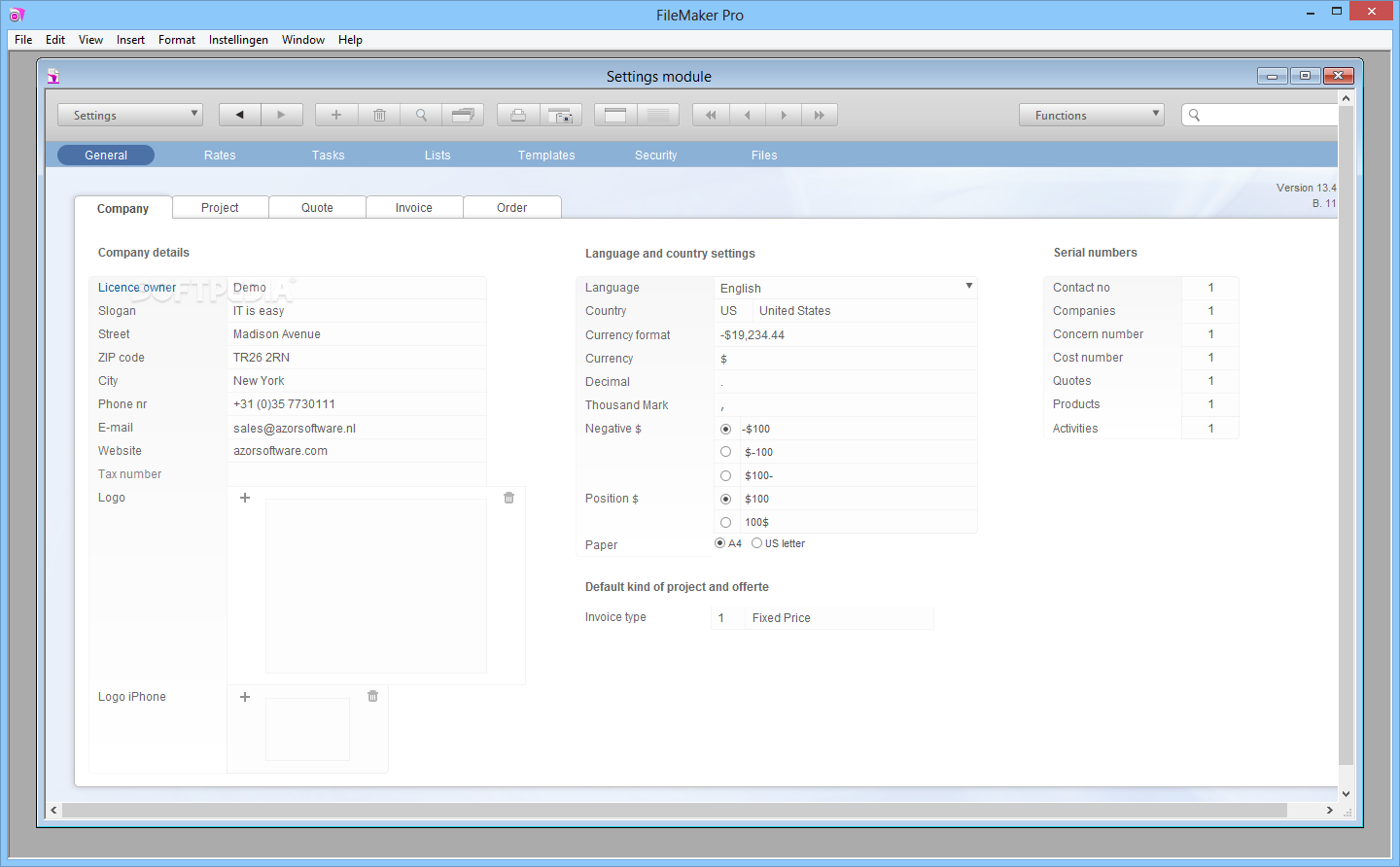
Olmesartan medoxomil: Angiotensin II is formed from angiotensin I in a reaction catalyzed by angiotensin converting enzyme (ACE, kininase II). Within the physiologic pH range, Amlodipine is an ionized compound (pKa=8.6), and its kinetic interaction with the calcium channel receptor is characterized by a gradual rate of association and dissociation with the receptor binding site, resulting in a gradual onset of effect.Īmlodipine is a peripheral arterial vasodilator that acts directly on vascular smooth muscle to cause a reduction in peripheral vascular resistance and reduction in blood pressure. Serum calcium concentration is not affected by Amlodipine. Negative inotropic effects can be detected in vitro but such effects have not been seen in intact animals at therapeutic doses.

Amlodipine inhibits calcium ion influx across cell membranes selectively, with a greater effect on vascular smooth muscle cells than on cardiac muscle cells. The contractile processes of cardiac muscle and vascular smooth muscle are dependent upon the movement of extracellular calcium ions into these cells through specific ion channels. The Amlodipine component inhibits the transmembrane influx of calcium ions into vascular smooth muscle and cardiac muscle, and the Olmesartan medoxomil component blocks the vasoconstrictor effects of angiotensin II.Īmlodipine: Amlodipine besilate binds to both dihydropyridine and nondihydropyridine binding sites. Mechanism of Action: Combination of two antihypertensive drugs: a dihydropyridine calcium antagonist (calcium ion antagonist or slow-channel blocker), Amlodipine besilate, and an angiotensin II receptor blocker, Olmesartan medoxomil. Repeated administration of up to 80 mg Olmesartan medoxomil had minimal influence on aldosterone levels and no effect on serum potassium. Plasma concentrations of angiotensin I and angiotensin II and plasma renin activity (PRA) increase after single and repeated administration of Olmesartan medoxomil. The duration of the inhibitory effect was related to dose, with doses of Olmesartan medoxomil >40 mg giving >90% inhibition at 24 hours. Olmesartan medoxomil: Olmesartan medoxomil doses of 2.5 mg to 40 mg inhibit the pressor effects of angiotensin I infusion.

In hypertensive patients with normal renal function, therapeutic doses of Amlodipine resulted in a decrease in renal vascular resistance and an increase in glomerular filtration rate and effective renal plasma flow without change in filtration fraction or proteinuria.Īmlodipine does not change sinoatrial nodal function or atrioventricular conduction in intact animals or man. The magnitude of reduction in blood pressure with Amlodipine is also correlated with the height of pretreatment elevation thus, individuals with moderate hypertension (diastolic pressure 105 -114 mmHg) had about a 50% greater response than patients with mild hypertension (diastolic pressure 90-104 mmHg).

Plasma concentrations correlate with effect in both young and elderly patients.

With chronic once daily oral administration, antihypertensive effectiveness is maintained for at least 24 hours. These decreases in blood pressure are not accompanied by a significant change in heart rate or plasma catecholamine levels with chronic dosing. Pharmacology: Pharmacodynamics: Amlodipine: Following administration of therapeutic doses to patients with hypertension, Amlodipine produces vasodilation resulting in a reduction of supine and standing blood pressures.


 0 kommentar(er)
0 kommentar(er)
